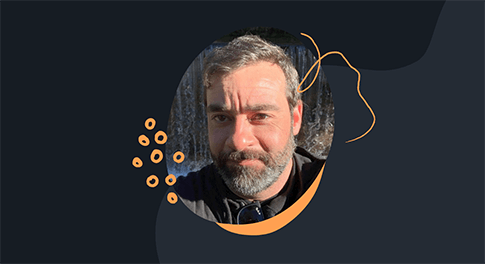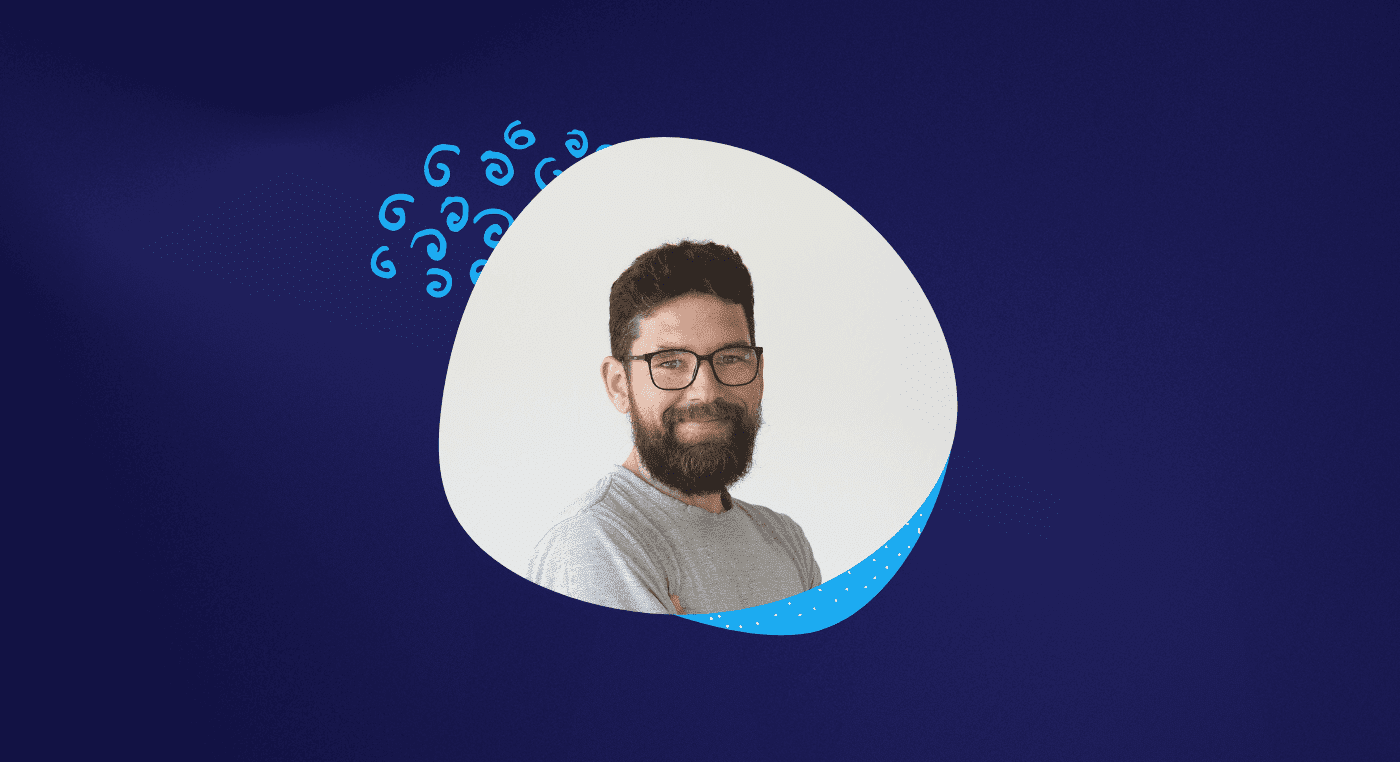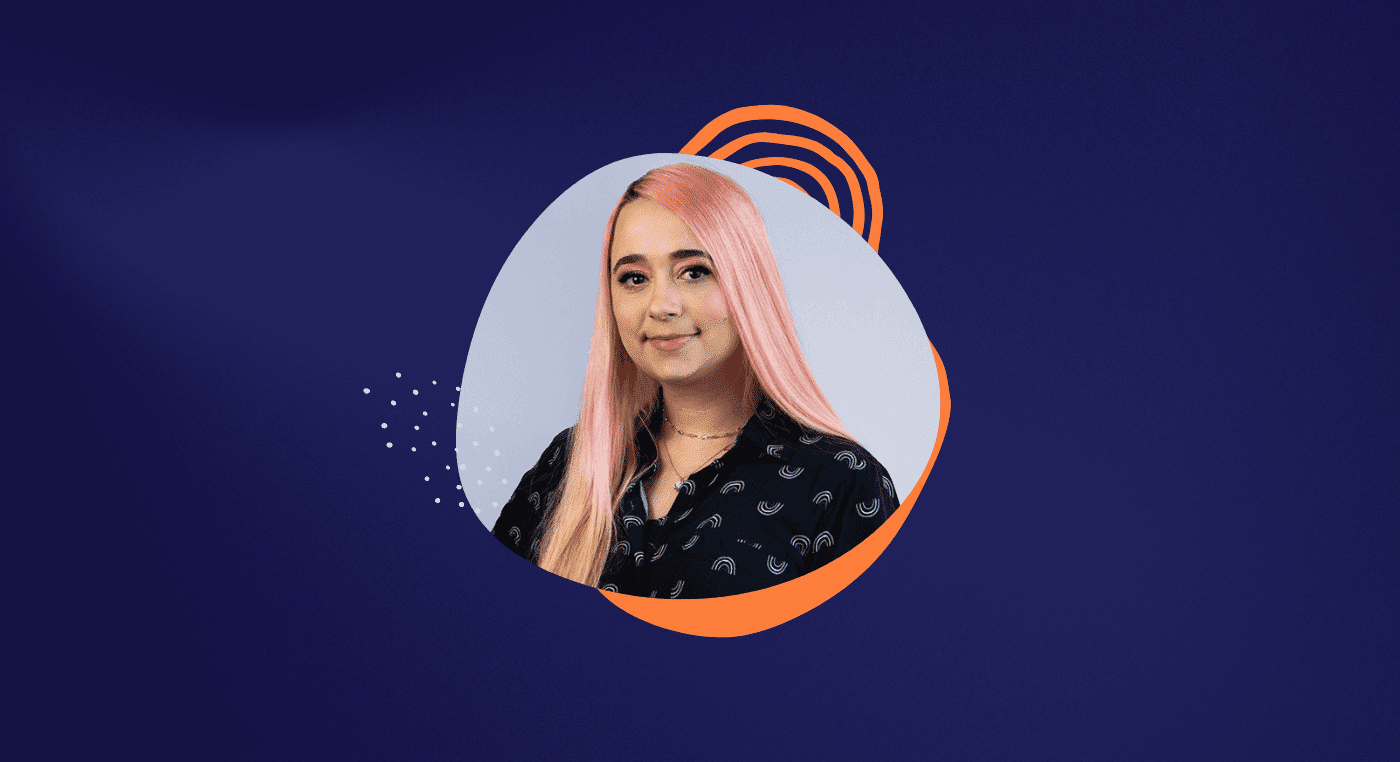Jey tells us how he developed his initial portfolio and what he studied before switching to Product Design at the age of 40, and after being a seasoned Designer. He shares what he learned during the Mastering Interface Design and how Aela's mentoring was essential to his transition.
You used to work with art direction and websites. Please tell us more about your experience and what made you want to switch careers.
I majored in Advertising and worked for 27 years with advertising in big agencies in São Paulo. However, I started to realize that Advertising was going in a direction that was not what I wanted, not what I dreamed of. So I decided to go in another direction.
That was when I started to direct my work toward Graphic Design. I made a lot of websites but focused only on the visuals since I've never liked coding and didn't want to get into that area.
At the same time, I wanted to understand more about mobile, since it's an area I really like. That was when I came across terms such as usability and information architecture. While researching, I discovered Product Design and the Mastering Interface Design course, which opened many doors for me.
You have always sought to learn a lot about Product Design. How was the process for you to get freelance jobs in this area?
It wasn't very easy, initially, so much so that I didn't do much mobile work – which is what I like to do. But something that helped me a lot was a community I belong to where there are always referral jobs and exchange of contacts.
One day I was offered a job in Product Design – the redesign of the Visa application which was something very complex and in-depth.

In general, my Networking has helped me a lot, so one must always do very high-quality work to always be recommended and be a desired professional.
Reading Tip: LinkedIn for Designers: Tips to Boost Your Profile
What were your difficulties when switching to UX/UI?
The difficulty was downright technical. There are a lot of details between the lines when it comes to designing applications, like terminologies and processes. So, a lot of things I learned in the course and a lot of things I learn in my day-to-day work, working as a Product Designer.
Before I started working at Raízen, more specifically for Shell, I did some freelance work in the area. For example, I designed an application for the Visa brand and other famous apps. This helped open the doors for homepage and website work that I included in my background.
With that, I contacted the people at Raízen and got a great result. They told me that at first, they wanted me to work with UI and then UX, which was good for me because at the time I felt more comfortable.

My first project at Raízen was to join the team to design an application for Shell, which had the intention of transforming the relationship between the people and the fuel supply.
It was a very in-depth and interesting six-month experience. Afterward, the people from the Netherlands told the marketing and technology director to invite me and another UX professional to officially join their team.
Reading Tip: Pivoting to UX Design Without the Perfect Portfolio – Interview With Ana Magni
What is it like to work at Raízen?
As I said, I was hired initially as a freelancer to do a specific project called ShellBox. It was a digital payment application to pay for fuel. This project had a positive result, and I eventually received a proposal to be hired by the company.
Today, I am the main User Interface Designer there. I work with a team of 17 people that focuses on thinking about new technologies and the energy of the company's future as a whole.
I'm responsible for the interface until I deliver the project to the final consumer.
It's great because I get very positive feedback about my work. Now the plan is to expand the application globally.
What do you plan for the future?
I want to understand more and more the processes of building usability, testing, atomic design, etc. I want to keep studying to have all the possible tools to use in my work.
Another goal is to grow within the company and seek new opportunities, perhaps even internationally.
What advice would you give someone who saw your work, got interested, and wants to switch fields?
I have many friends who ask me about how to get into Product Design. The first piece of advice I give is to take the MID course. In the course itself there are many tips, book suggestions, and help for everyone, through mentoring.
Search for information on the internet, books, and communities. One that I like a lot is "Don't make me think" and "The power of habit".

Lastly, be curious, do some research, study, and don't be afraid to make mistakes. Over time you will gain a lot of experience and become more confident. Oh, and of course, English is essential to get into this area!
Reading Tip: 4 Fundamental Principles of User-Centered Design







